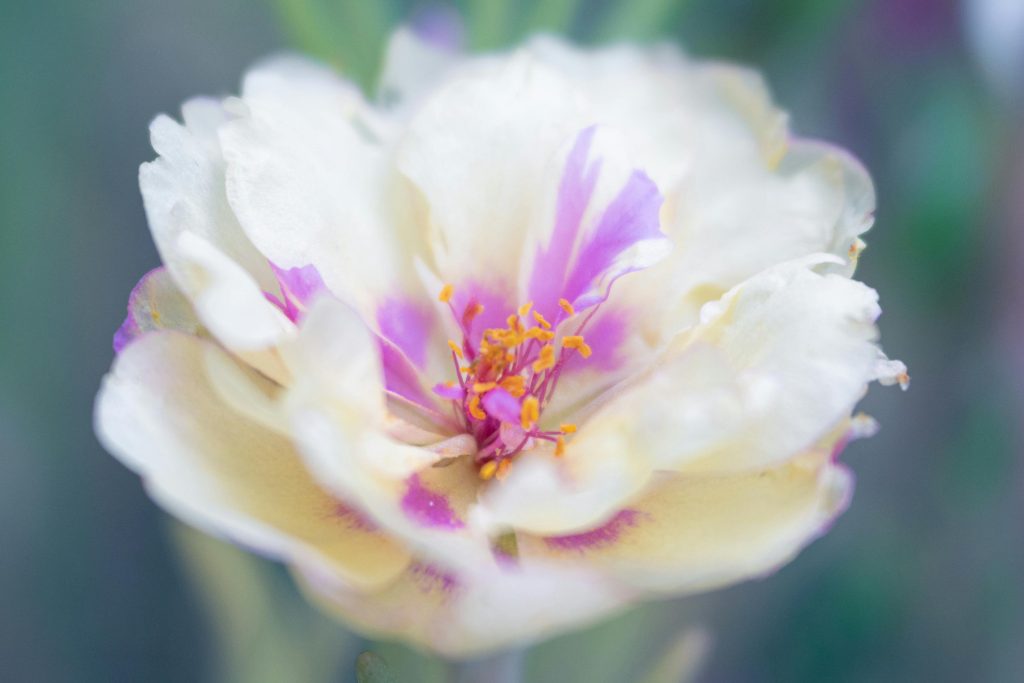As one of China’s six major tea categories, white tea is beloved by tea enthusiasts for its unique production process and distinctive flavor. Due to its simple processing method, which maximizes the retention of the tea leaves’ natural flavor, white tea is often referred to as “the tea closest to nature.” It boasts a fresh and delicate aroma, a mellow and sweet taste, and rich nutritional content. These characteristics have made white tea increasingly popular in the market.
In recent years, with the pursuit of a healthy lifestyle, white tea has garnered more attention for its multiple health benefits, such as antioxidant, anti-inflammatory, and digestive-promoting properties. Especially in today’s fast-paced life, enjoying a cup of white tea is not only a way to return to nature and enjoy life but also a form of mental relaxation and comfort. Additionally, the promotion of white tea culture and the deepening of related research have allowed more people to appreciate the unique charm of white tea, thereby enhancing its status in both domestic and international markets.
Types and Characteristics of White Tea
1. Silver Needle (白毫银针)
Appearance and Characteristics: Silver Needle is considered the finest white tea, with slender, needle-like buds covered in silvery-white down. It is made from the youngest buds of the tea plant, giving it a pristine silver color and needle-like shape, hence its name. The liquor is light with a hint of yellow, offering a fresh, sweet, and mellow taste, accompanied by a lasting floral aroma, often referred to as the “beauty among teas.”
Impact on Brewing Time: Due to the tender nature of the buds and rich internal content, brewing time is critical. Generally, steeping should start around 1-2 minutes for the first infusion and can be gradually increased to 2-3 minutes for subsequent brews. Oversteeping may result in overly strong tea, affecting the delicate flavors and aromas, whereas too short a time may not fully release its unique qualities.
2. White Peony (白牡丹)
Appearance and Characteristics: White Peony is another prized variety of white tea, made from buds and one or two leaves of the tea plant. Its leaves unfold gracefully like a peony flower, with visible white down and slightly reddish edges. The liquor is bright apricot-yellow, offering a fresh, mellow taste with a hint of sweetness and a unique floral and downy aroma.
Impact on Brewing Time: With larger leaves containing more substance, White Peony benefits from slightly longer brewing times. Start with steeping for about 2-3 minutes initially, gradually extending to 3-5 minutes for subsequent infusions. Steeping too briefly may not fully reveal its rich layers, while overly long steeping can result in bitterness.
3. Shou Mei (寿眉)
Appearance and Characteristics: Shou Mei is the most abundant and relatively affordable type of white tea, made from the tender shoots and leaves of the tea plant. Its leaves are larger and more curled, with fewer white downy hairs, and they exhibit colors ranging from gray-green to dark green with some reddish-brown leaves. The liquor tends to be deeper in color, ranging from orange-yellow to orange-red, with a rich, mellow taste, sweet and fruity aroma, and valuable medicinal and aged flavors in aged Shou Mei.
Impact on Brewing Time: Due to its larger leaves and substantial content, Shou Mei requires longer brewing times. Start steeping for about 3-4 minutes for the first infusion and gradually increase to 4-6 minutes for subsequent brews. Shou Mei maintains good flavor over multiple infusions but can become bitter if steeped too long, making proper timing crucial for optimal enjoyment.
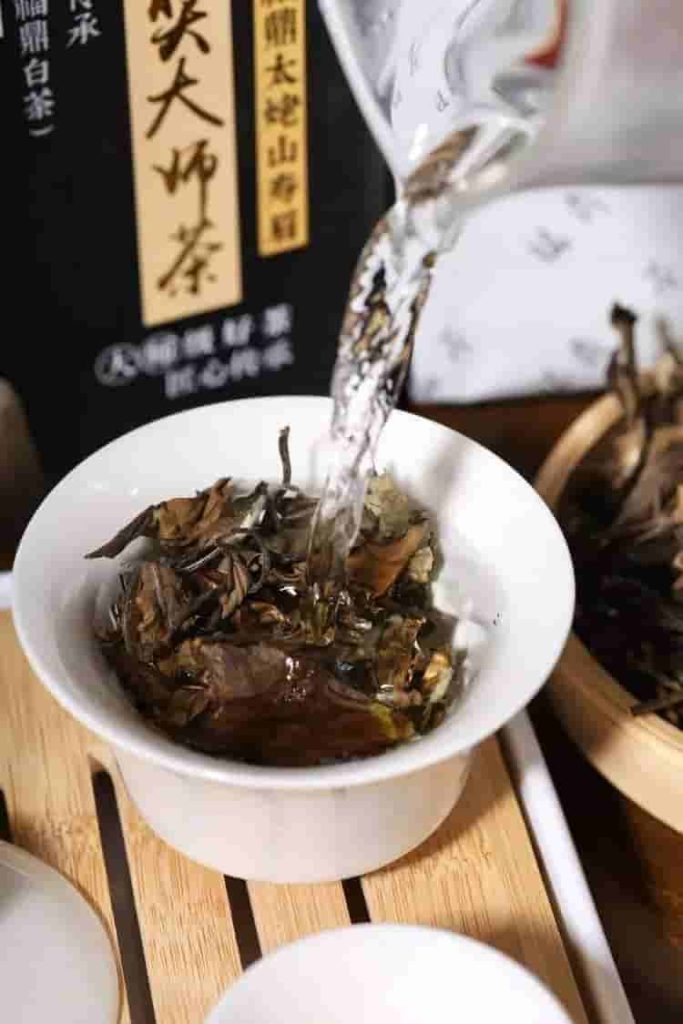
Factors Influencing Brewing Time of White Tea
White tea, being a lightly fermented tea with unique production techniques and natural ingredients preserved, requires careful control of brewing time. Several factors influence the brewing time of white tea, including the age of the tea leaves, their form, and the choice of tea utensils. Let’s delve into these factors and their impact on brewing time:
1. Age of the Tea Leaves
Difference between New and Aged White Tea
New White Tea: Newly processed and not stored for an extended period, new white tea retains fresh and active substances, characterized by distinct floral and downy aromas with a light and refreshing taste.
Aged White Tea: Aged white tea has undergone chemical transformations over years of storage, resulting in richer aromas, a mellow taste, and sometimes medicinal or aged flavors.
Brewing Time Requirements by Age
- New White Tea: Due to active substances, steeping time should be relatively short. Start with 1-2 minutes for the first infusion, extending gradually but not exceeding 3 minutes to avoid bitterness.
- Aged White Tea: With stabilized substances, aged white tea can withstand longer brewing. Start with 3-4 minutes for the first infusion, gradually extending to 4-6 minutes to fully release its aged flavors and mellow taste.
2. Form of the Tea Leaves
Difference between Loose Leaf and Compressed Tea
Loose Leaf Tea: Loose white tea maintains a loose form, allowing quick expansion during brewing to release its contents rapidly.
Compressed Tea: Compressed white tea requires time to fully unfold due to its compact form.
Impact on Brewing Time
- Loose Leaf Tea: Due to its loose form, steeping time is shorter. Start with 2-3 minutes for the first infusion, extending to 3-5 minutes for subsequent infusions.
- Compressed Tea: Compressed tea needs longer steeping to fully unfold. Start with 3-4 minutes for the first infusion, extending to 4-6 minutes gradually. Multiple short infusions may be necessary to ensure full flavor release.
3. Choice of Tea Utensils
Characteristics of Different Tea Utensils
- Gaiwan: Gaiwan has excellent heat conductivity, suitable for quick brewing to control steeping time and tea concentration effectively.
- Yixing Teapot: Yixing teapots excel in heat retention, ideal for prolonged brewing, particularly suitable for aged white tea and compressed tea.
- Glass Cup: Glass cups offer high transparency for observing leaf expansion and liquor color changes but have poor heat retention, suitable for short brewing sessions.
Impact on Brewing Time
- Gaiwan: Due to quick heat transfer, start with shorter steeping times of 1-2 minutes for the first infusion, gradually extending to 2-3 minutes.
- Yixing Teapot: With good heat retention, extend brewing time slightly. Start with 3-4 minutes for the first infusion, extending gradually to 4-6 minutes for subsequent infusions to enhance the tea’s mellow and rich flavors.
- Glass Cup: Use multiple short infusions. Start with 2-3 minutes for the first infusion, extending to 3-5 minutes to observe leaf changes while controlling temperature and concentration.
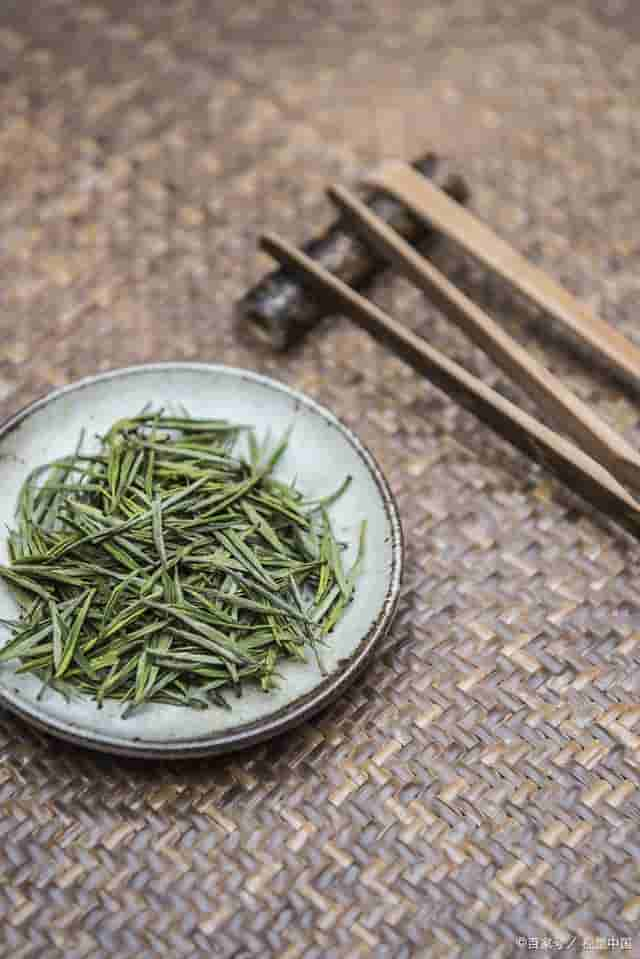
Brewing Time Control in Different Brewing Methods for White Tea
1. Brewing in Glass Cup
Steps:
- Prepare Utensils: Choose a transparent glass cup with a capacity of about 300ml.
- Warm Cup: Rinse the glass cup with hot water to warm it.
- Add Tea: Place approximately 3g of white tea leaves into the cup.
- Add Water: Slowly pour hot water (about 85°C) along the cup’s wall, filling about one-third of the cup.
- Awaken Tea: Gently swirl the glass cup to moisten the tea leaves and let it sit for about 30 seconds.
- Continue Adding Water: Slowly pour hot water again along the cup’s wall until it’s nearly full.
- Enjoy: Wait for the tea leaves to expand fully and the liquor to turn light yellow before drinking.
Time Control Points: The transparency of the glass cup allows for flexibility in observing tea leaf changes. After the initial water addition, awaken the tea for about 30 seconds and then continue brewing for 2-3 minutes. With subsequent infusions, extend brewing time to 3-5 minutes per infusion. Avoid prolonged steeping to prevent overly strong tea.
2. Brewing in Gaiwan
Steps:
- Prepare Utensils: Choose a gaiwan with a capacity of about 120ml.
- Warm Cup: Rinse the gaiwan and lid with hot water to warm them.
- Add Tea: Place approximately 5g of white tea leaves into the gaiwan.
- Add Water: Quickly pour hot water (about 85°C) into the gaiwan, filling about two-thirds full.
- Awaken Tea: Cover with the lid and let it sit for 30 seconds, then pour out the tea liquor to awaken the tea.
- Brew Properly: Pour hot water again into the gaiwan, cover with the lid, and wait for the tea leaves to fully expand.
- Enjoy: Pour the tea liquor into cups from the edge of the gaiwan and enjoy.
Time Control Points: Gaiwan brewing requires precise timing. Awaken the tea for 30 seconds initially. For the first infusion, brew for 1-2 minutes and gradually extend to 2-3 minutes for subsequent infusions. Due to its fast heat transfer, avoid oversteeping to prevent bitterness.
3. Brewing in Yixing Teapot
Steps:
- Prepare Utensils: Choose a Yixing teapot with a capacity of about 200ml.
- Warm Teapot: Rinse the Yixing teapot and lid with hot water to warm them.
- Add Tea: Place approximately 7g of white tea leaves into the Yixing teapot.
- Add Water: Pour hot water (about 85°C) into the Yixing teapot, filling about two-thirds full.
- Awaken Tea: Cover with the lid and let it sit for 30 seconds, then pour out the tea liquor to awaken the tea.
- Brew Properly: Pour hot water again into the Yixing teapot, cover with the lid, and wait for the tea leaves to fully expand.
- Enjoy: Pour the tea liquor into cups from the teapot spout and enjoy.
Time Control Points: Yixing teapot brewing allows for longer steeping due to its excellent heat retention. Awaken the tea for 30 seconds initially. For the first infusion, brew for 3-4 minutes and gradually extend to 4-6 minutes for subsequent infusions. Ensure not to steep for too long to avoid bitterness, while benefiting from enhanced aroma and flavor due to the teapot’s insulation properties.
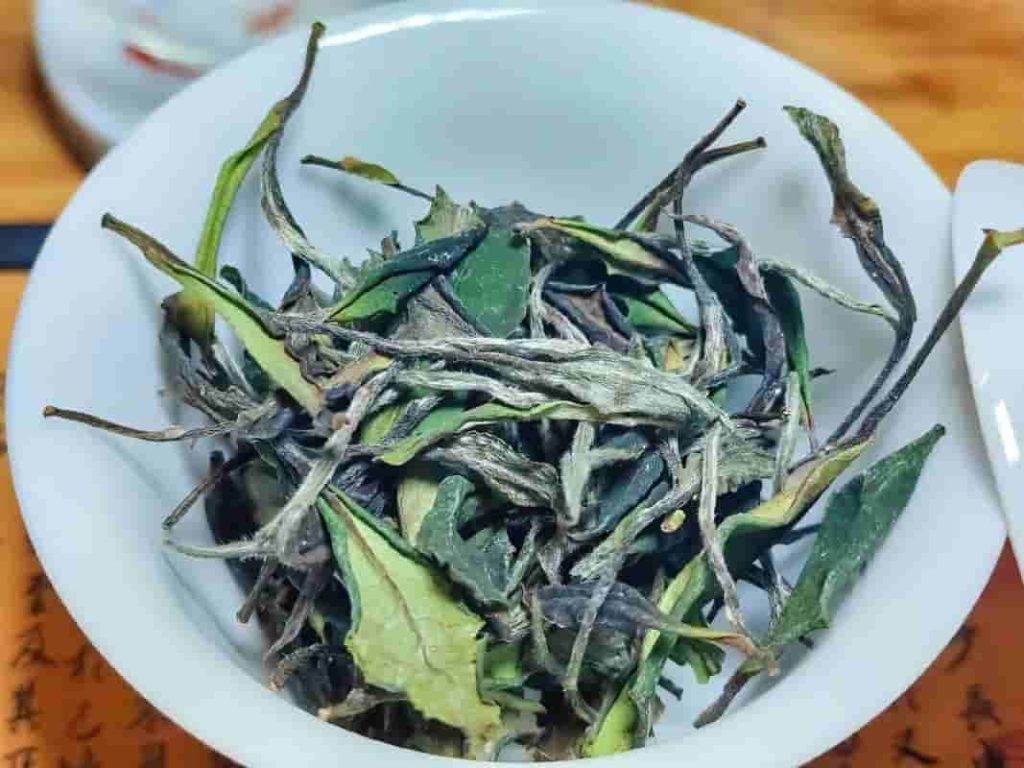
Specific Brewing Time Recommendations for White Tea
1. First Infusion
Recommended Time for Different Types of White Tea:
- Silver Needle: Silver Needle has delicate buds rich in active compounds. Brew for 1-2 minutes at 80-85°C to retain its fresh taste and delicate aroma.
- White Peony: White Peony has larger leaves. Brew for 2-3 minutes at around 85°C to fully release its floral and mellow notes.
- Shou Mei: Shou Mei has thicker leaves and can withstand longer brewing. Brew for 3-4 minutes at 85-90°C to bring out its robust flavor and layered complexity.
2. Second to Fifth Infusions
Gradual Adjustment of Brewing Time:
- Second Infusion:
- Silver Needle: 2-3 minutes
- White Peony: 3-4 minutes
- Shou Mei: 4-5 minutes
- Third Infusion:
- Silver Needle: 3-4 minutes
- White Peony: 4-5 minutes
- Shou Mei: 5-6 minutes
- Fourth Infusion:
- Silver Needle: 4-5 minutes
- White Peony: 5-6 minutes
- Shou Mei: 6-7 minutes
- Fifth Infusion:
- Silver Needle: 5-6 minutes
- White Peony: 6-7 minutes
- Shou Mei: 7-8 minutes
Adjusting the brewing time ensures the tea liquor remains appropriately concentrated without becoming too weak or bitter.
3. Subsequent Infusions
Determining Brewing Time Based on Tea Liquor:
- Observing Tea Liquor Color: As the infusions progress, the tea liquor will gradually lighten. Increase brewing time by 1-2 minutes if the liquor becomes too light.
- Tasting Tea Liquor Flavor: If the flavor remains robust, maintain the current brewing time or slightly extend it. If the flavor diminishes significantly, extend brewing time substantially, up to 10 minutes or longer.
- Sensing Aroma: White tea’s aroma is crucial. If the aroma fades, consider increasing brewing time to release remaining aromatic compounds fully.
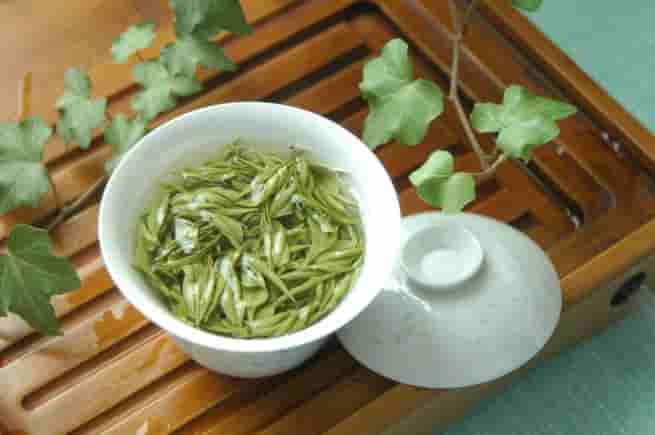
Impact of Improper Brewing Time
Insufficient Brewing Time
Signs of tea inadequacy:
- Pale color: Insufficient brewing time prevents full expansion of tea leaves, resulting in a light yellow or pale green hue as polyphenols and amino acids fail to dissolve completely.
- Lack of aroma: Aromatic compounds in tea require sufficient time to steep. Inadequate brewing time results in a faint aroma, missing the distinctive floral and delicate fragrance of white tea.
- Weak flavor: Amino acids and polyphenols within white tea contribute significantly to its taste profile. Inadequate brewing time leads to a thin and bland flavor, lacking the refreshing and mellow qualities expected.
- Lack of complexity: White tea is known for its nuanced flavors. Insufficient brewing time fails to extract the tea’s full range of tastes, resulting in a flat, one-dimensional taste profile.
Excessive Brewing Time
Causes of bitter tea:
- Excessive polyphenol extraction: Polyphenols are crucial chemical components in tea. Prolonged brewing extracts an excessive amount, imparting a bitter taste to the tea.
- Over-release of caffeine: White tea contains caffeine, which enhances its freshness. However, prolonged brewing releases an excess of caffeine, leading to a pronounced bitter taste.
- Tannin dissolution: Tannins are bitter compounds in tea. Prolonged brewing allows tannins to dissolve extensively, resulting in an overly bitter tea experience.
- Darkened color: Extended brewing turns the tea liquor from its characteristic bright yellow-green to a deep yellow or even brown, visually indicating a stronger, potentially overwhelming brew that detracts from the pleasure of drinking tea.
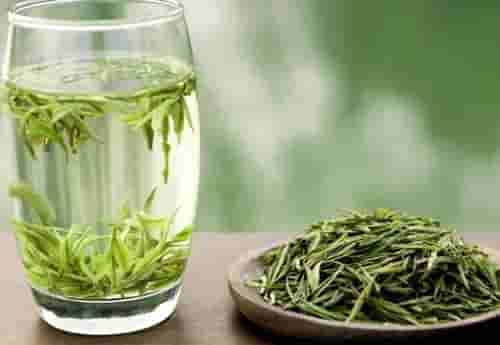
Appendix: Quick Reference Brewing Time Chart for Common White Teas
To facilitate better brewing of white tea, here is a compiled quick reference chart for commonly consumed types: White Hair Silver Needle, White Peony, and Longevity Eyebrow. The chart provides specific time recommendations for different infusions.
| Tea Type | Infusion | Brewing Time | Water Temperature |
|---|---|---|---|
| White Hair Silver Needle | First Infusion | 1-2 minutes | 80-85°C |
| Second Infusion | 2-3 minutes | 80-85°C | |
| Third Infusion | 3-4 minutes | 80-85°C | |
| Fourth Infusion | 4-5 minutes | 80-85°C | |
| Fifth Infusion | 5-6 minutes | 80-85°C | |
| White Peony | First Infusion | 2-3 minutes | 85°C |
| Second Infusion | 3-4 minutes | 85°C | |
| Third Infusion | 4-5 minutes | 85°C | |
| Fourth Infusion | 5-6 minutes | 85°C | |
| Fifth Infusion | 6-7 minutes | 85°C | |
| Longevity Eyebrow | First Infusion | 3-4 minutes | 85-90°C |
| Second Infusion | 4-5 minutes | 85-90°C | |
| Third Infusion | 5-6 minutes | 85-90°C | |
| Fourth Infusion | 6-7 minutes | 85-90°C | |
| Fifth Infusion | 7-8 minutes | 85-90°C |
Usage Instructions: Adjust brewing times according to actual tea color, aroma, and taste from the sixth infusion onwards. Generally, increase brewing time by 1-2 minutes per infusion until the tea becomes noticeably lighter. Tea leaves can be steeped longer or even immersed directly in hot water to extend drinking enjoyment.
